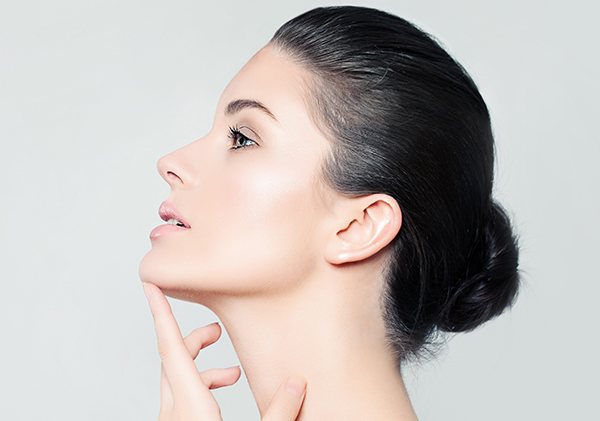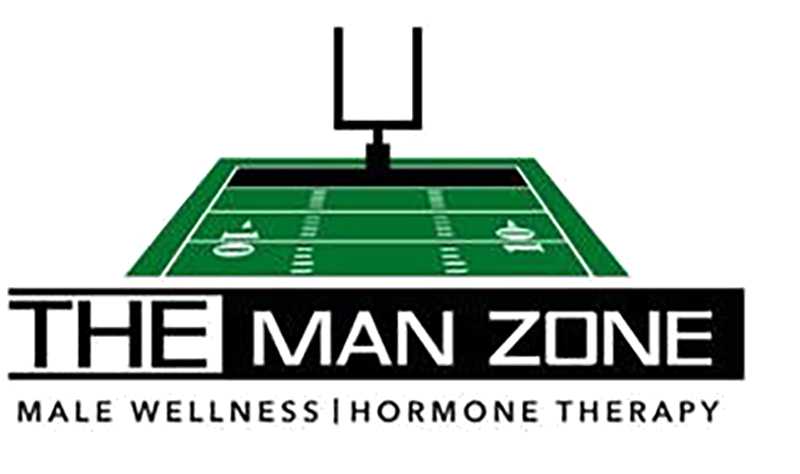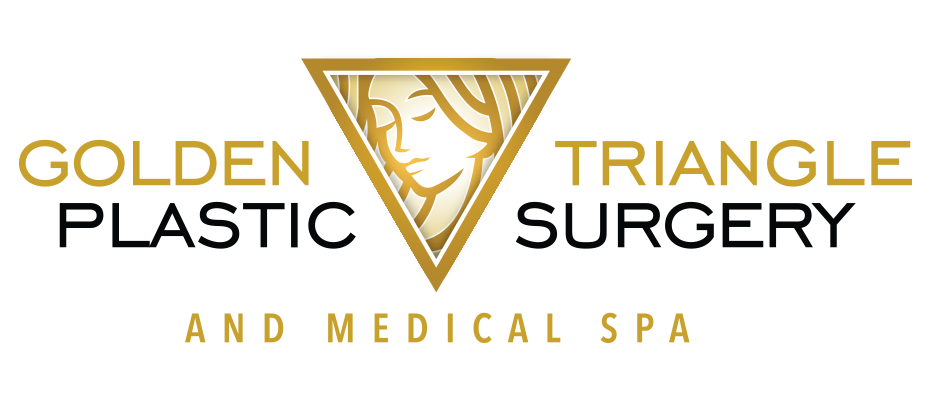How Does Microdermabrasion Work?
Microdermabrasion is a minimally invasive procedure used for skin rejuvenation. It can do any of the following:
- Reduce scars, including those caused by acne
- Reduce wrinkles and fine lines
- Make large pores smaller and less noticeable
- Reduce dark spots and sun damage
- Make stretch marks less visible
Microdermabrasion will also stimulate the production of new skin cells and more collagen and elastin. The client will eventually have thicker and more elastic skin.
How is microdermabrasion done?
Microdermabrasion involves exfoliating the skin to remove the topmost layer and unveil pristine new skin. The specialist will exfoliate the skin with a diamond-tipped wand. They will use a suction device to remove the crystals and dead skin cells.
The most uncomfortable sensation people have reported is a mild feeling of warmth. Many clients report that it feels like a facial massage. Similarly, there is no recovery time. The client may resume their usual activities immediately after the treatment. The treatment site will be unusually pink for a few hours and then fade to normal.
Who is not a good candidate?
The ideal candidate will be somebody in overall good health with realistic expectations. Microdermabrasion is not recommended for people with skin infections or active acne. People with a history of keloids are not good candidates. Patients with an autoimmune disorder or uncontrolled diabetes are not good candidates.
Clients who have undergone other procedures like collagen injections or chemical peels should wait two or three weeks before undergoing treatment. Clients should not tan or wax their skin for several weeks before the microdermabrasion.
What is the difference between microdermabrasion and dermabrasion?
Dermabrasion is a much more aggressive cosmetic treatment used to resurface the skin. It is, therefore, used to treat more extensive scarring or other skin problems that microdermabrasion isn’t strong enough to fix.
Dermabrasion requires a local anesthetic, while microdermabrasion does not. The doctor may also administer a sedative to keep the patient calm. The doctor will use a motorized handheld device called a dermabrader on the patient’s skin. It has a wire brush or abrasive wheel that will remove the topmost layers of the patient’s skin.
The doctor will then cover the treated area with a moist and non-adhesive dressing. While the patient will be able to return to work about two weeks after treatment, it will take four to six weeks for their skin to completely heal.
To learn more, contact us at Roy David MD Plastic Surgery And Medical Spa today. We are located in La Jolla, CA.



